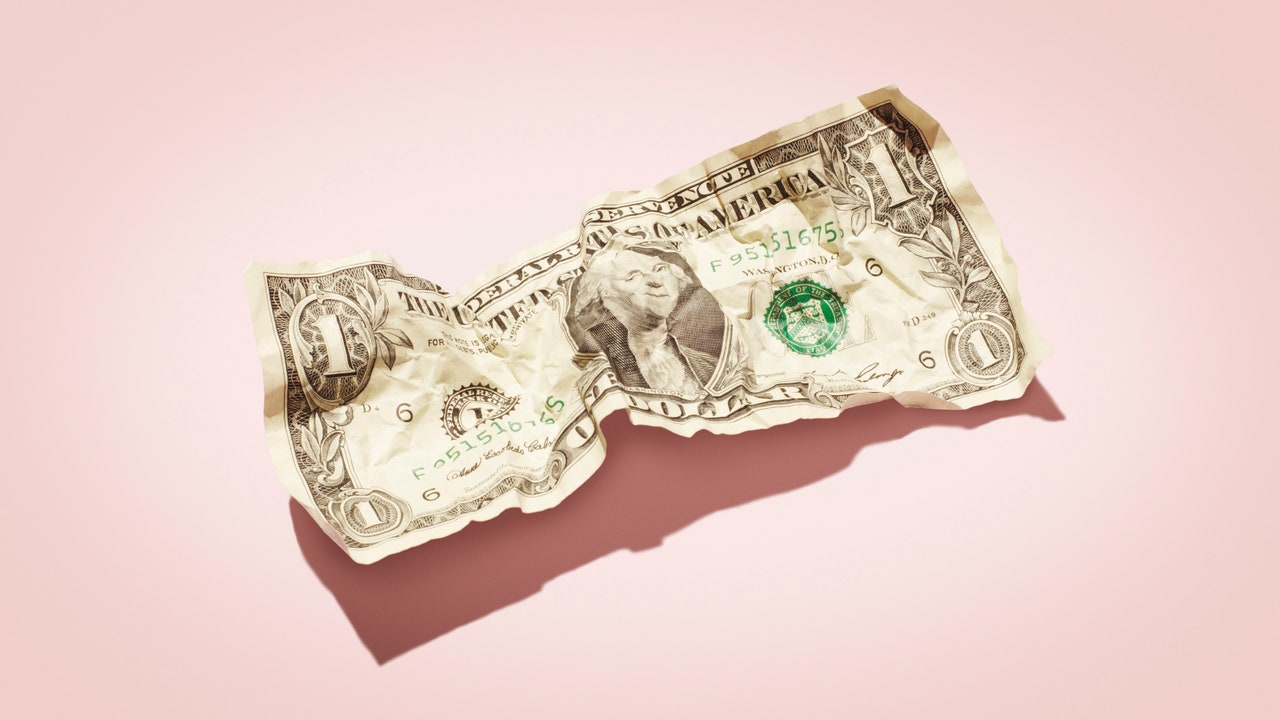‘My IVF Failed. Then the Bills Started Showing Up’

Experiences of infertility always have one thing in common: uncertainty. The countless visits to doctors, the months (or years) of planning, the tens of thousands of dollars, never add up to a guarantee. Even under the best of circumstances, there’s only so much about a pregnancy you can plan, and in the midst of a global pandemic, the idea of planning anything seems foolish. For National Infertility Awareness Week, we’re exploring the uncertainty—and the hope.
When I was presented with the option of financing two rounds of in vitro fertilization (IVF), I didn’t think twice. I asked where to sign and borrowed roughly $30,000 to make my dream of motherhood come true.
I was only 27 at the time and single. But while most of my peers still had years to figure out their future families, my time was running out. I’d recently been diagnosed with a very aggressive case of endometriosis. My doctors had explained that my fertility was quickly dwindling and that it was time to consider fertility treatments before my options disappeared completely. The only thing I knew for sure was that I had always wanted to be a mother. The thought of losing that chance wasn’t something I was willing to consider.
Of course, others had their opinions on my decision to finance this dream. Thirty thousand dollars is a lot of debt to take on, and most people I spoke with about my decision at the time seemed to think it was a bad idea. There were raised eyebrows over my age, concerns about my single status, and judgments about putting myself in so much debt over medical treatments some deemed elective.
The way I saw it, people borrowed far more every day for car loans and college educations, neither of which seemed as important to me as this. I had a decent paying job and the financial means to afford the monthly payments on the loan. And most importantly, this wasn’t something I had years to decide upon. This was my one chance—I was simply thankful financing options existed that would allow me to take it.
“What if you do all this and you come out with nothing to show for it in the end?” one friend asked. Failure wasn’t a possibility in my mind. All my life, I’d believed that I could have anything I wanted so long as I worked hard enough. I’d taken big risks in the past and worked hard to reap the rewards. I truly believed trying was all it would take to succeed.
I was wrong. Both rounds of IVF failed, and by the time I turned 28, I was broke, broken, and left with little hope that I would ever become a mom. It wasn’t supposed to happen like this. I never would have taken on that debt if I had truly believed the treatments wouldn’t work. But that’s the thing about pregnancy—it’s not a simple matter of working hard. It didn’t matter that I was young, that I had done everything “right” to realize my dream of getting pregnant. Some factors were simply beyond my control.
My loans didn’t stipulate an option to cease payment if the treatments didn’t work. I was on the hook either way. The bills that continued to come in even after I walked away from fertility treatments felt like a monthly punch to the gut. Yes, this was what I had signed up for. But I’d never considered I would one day be paying those bills with nothing to show for it. Every dollar withdrawn from my account sliced away at my psyche; a painful reminder of what I’d lost and the cost I’d paid to lose it.
Within a year of my IVF cycles, I required three major abdominal surgeries with an out-of-state specialist due to complications from my endometriosis. These surgeries were medically essential, having everything to do with my quality of life and nothing to do with my fertility. But the bills that rolled in because of them piled up on top of the debts I’d already taken on. Before I knew it, I was drowning in medical debt and questioning every decision I’d ever made. But I was also questioning the industry that had encouraged me to make those decisions, convincing me to gamble such a large amount of money with no guarantee of anything to show for it in the end. I met women who’d been through 8, 9, and 10 rounds of IVF without a single positive outcome to show for it. I was proud of myself for walking away after only two but also heartbroken about what that meant for my future.
Three years after my last failed IVF cycle, while still owing over $65,000 because of those treatments and the surgeries that followed, I had a chance meeting with a woman who, upon learning I couldn’t have children, asked if I would adopt the baby she was due to give birth to. The whole thing was a whirlwind. Adoptions don’t typically happen this easily, and I know how lucky I am. But a week later, I was in the delivery room holding my baby girl, thinking of her as the silver lining in it all.




